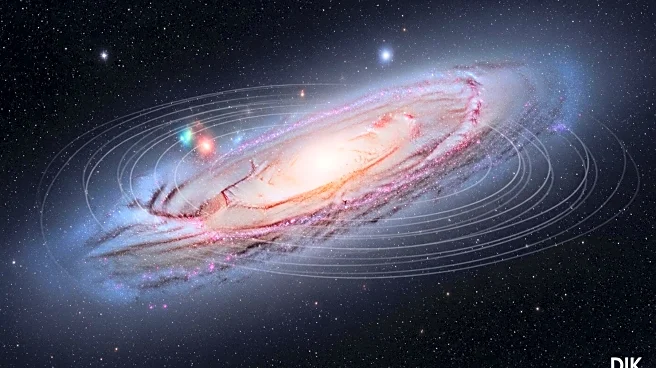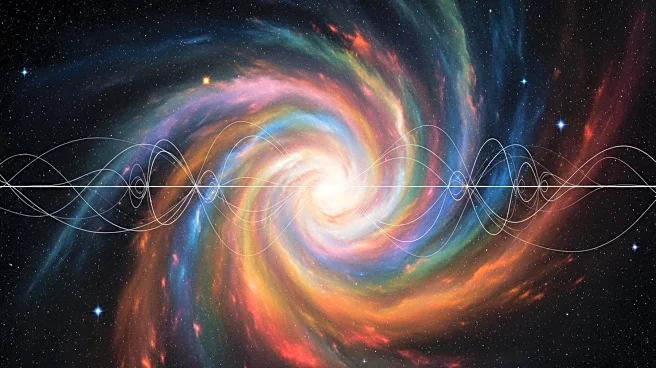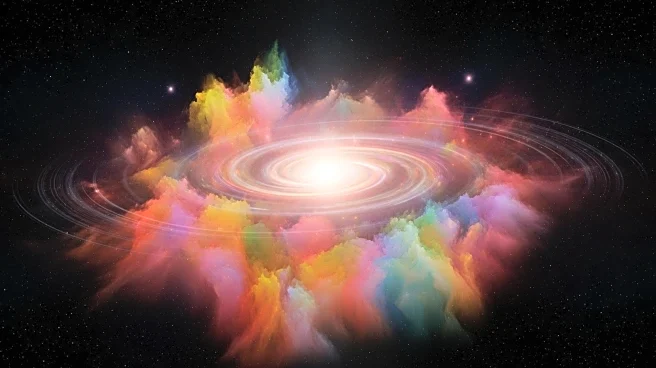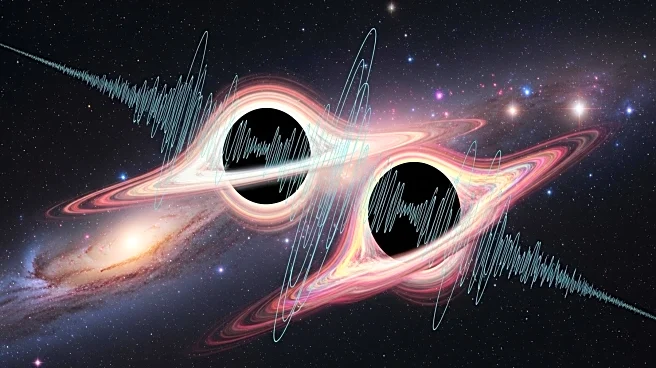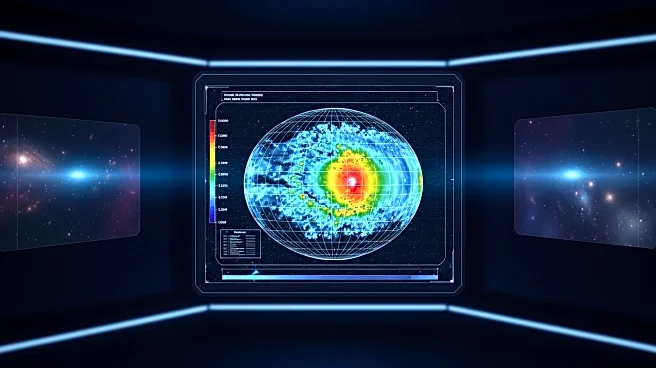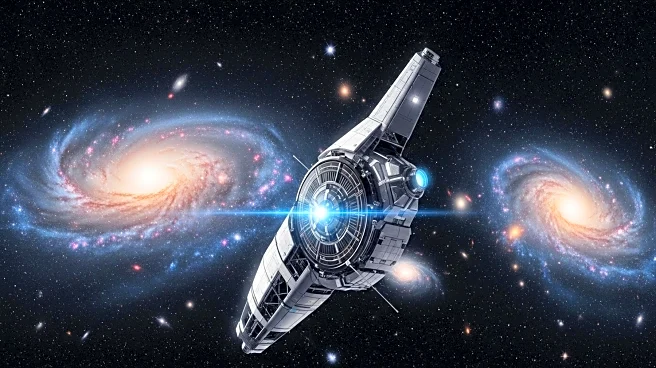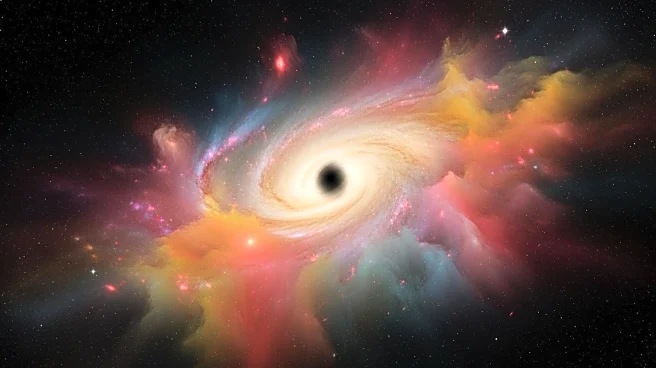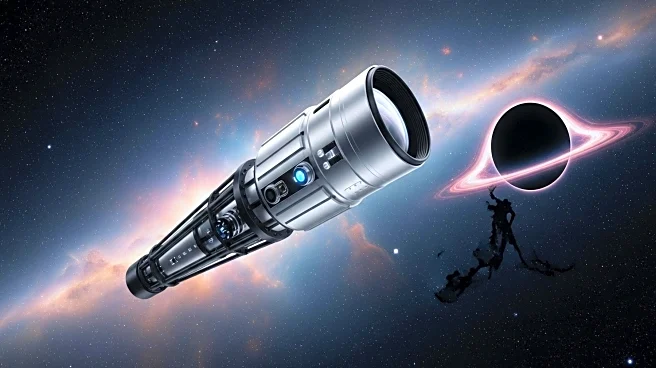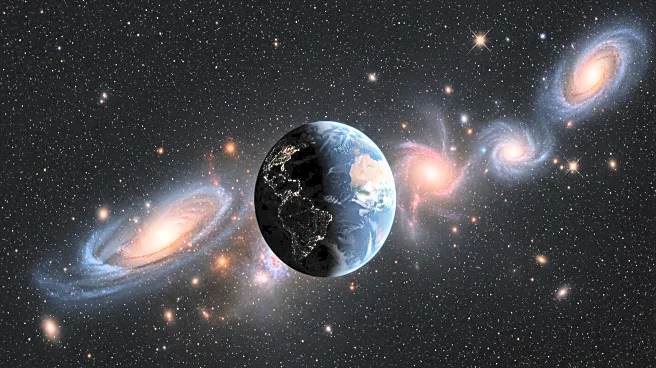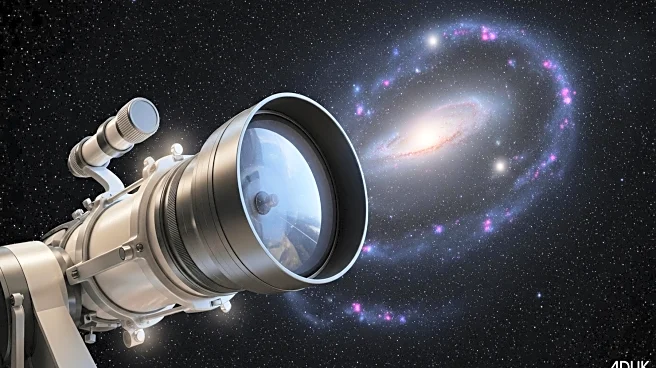What's Happening?
A new theory proposes that gravitational waves, rather than the traditional inflationary paradigm, were responsible for the formation of galaxies, stars, and planets. This theory challenges the standard Big Bang model by eliminating speculative parameters and suggesting that natural quantum oscillations of spacetime were sufficient to trigger cosmic matter formation. The theory posits that these gravitational waves created density fluctuations, leading to the development of cosmic structures.
Why It's Important?
This new theory could revolutionize our understanding of the universe's origins by providing a simpler and more elegant explanation for cosmic structure formation. It challenges the current inflationary paradigm, which relies on adjustable parameters, and offers a model with fewer speculative elements. If proven, this theory could impact cosmology and physics, leading to new insights into the fundamental forces shaping the universe.
What's Next?
The theory's validity will depend on observational evidence, such as measurements of the cosmic microwave background and primordial gravitational waves. Future research and experiments will be crucial in confirming or refuting this model. If supported by data, the theory could lead to a paradigm shift in cosmology, influencing how scientists approach the study of the universe's origins.
Beyond the Headlines
The theory highlights the importance of simplicity and elegance in scientific models, emphasizing the need for falsifiable predictions. It also underscores the role of gravitational waves in cosmic evolution, potentially leading to new research avenues in quantum physics and cosmology.
